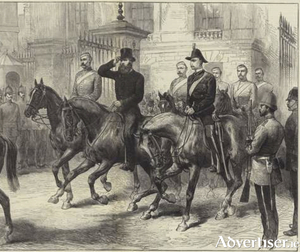Search Results for 'Galway Gaol'
25 results found.
The man who saved Eyre Square: Remembering C.I. O’Flynn, guardian of Galway’s heart
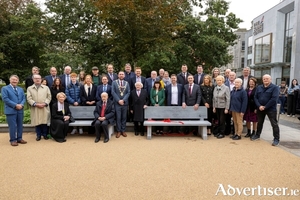
On a soft Galway afternoon last Thursday, as the autumn light slipped across the paving stones of Eyre Square, a small crowd gathered near the entrance to the Eyre Square Centre. City councillors, family members, and lifelong friends stood together in quiet pride, as President Michael D. Higgins unveiled a memorial bench to one of Galway’s most steadfast public servants — Mr Clement Ignatius O’Flynn.
Clutching a candle, Tom Casey withdraws his evidence
The horrific Maamtrasna murders, the arrest of 10 men, the rush to ‘justice’, the evidence of the Cappanacrehas (known to be bitter enemies of the murdered Joyces), the two informers Anthony Philbin and Thomas Casey (whose false evidence led to penal servitude for life for five innocent men, and the execution of one innocent man), was followed in minute detail not only throughout Ireland, but in Britain and among the Irish communities in America. Yet nowhere did it impact more than on the mountainside community of Maamtrasna .
An outburst of unredeemed and inexplicable savagery
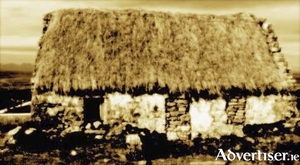
In early October 1884 a journalist from The New York Times, whom we only know by his initials HF, left Galway for Cong by steamer, in the company of Mr TP O'Connor, MP for Galway, and Mr Healy, MP for Monaghan.
Attack on Headford barracks -‘A totally foolhardy exercise’

By the end of January 1923 the Irish Free State had executed 34 anti-Treaty republican prisoners. To put this figure into context, the British authorities executed 24 Irish prisoners between November 1920 and June 1921 during the War of Independence. The fledgling Irish Free State was determined to put-down the rebellion by a small but deadly anti-Treaty force, led with fierce determination, by Liam Lynch.
Wilfrid Scawen Blunt in Galway Gaol

Blunt was an aristocratic English writer, a person of remarkable ability who, as “the best looking man in England was credited with having refreshed the blood of several ancient families”. He was always against colonialism and sympathetic to small nations, so it was no surprise that he became an ardent supporter of Home Rule for Ireland. In 1887, he was in Ireland to study the grievances of the people when he heard that evictions had recommenced on the 56,000-acre estate of Lord Clanricarde in Woodford.
‘A photograph will tell you a thousand things’

Tommy Holohan is a living history of Galway city, and more particularly, a living history of one of its most unique areas - The Claddagh - and his passion for both has led him to discover and collect an extraordinary array of photographs, postcards, and documents charting the evolution of the city.
Murder in the city, intimidation in the county - Galway, May 1921
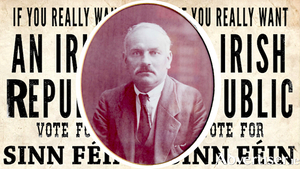
The Government of Ireland Act came into being on May 3 1921, resulting in a parliament for the six northern counties and devolved powers for the 26 counties.
April Fools and the valley of death - Galway 1921
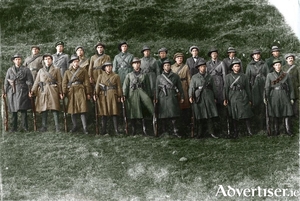
Major General Henry Tudor arrived in Galway for the weekend on April 1 1921. On Saturday morning he inspected the RIC, then made his way to Lenaboy Castle to inspect the D Company Auxiliaries.
The handing over of Galway Gaol
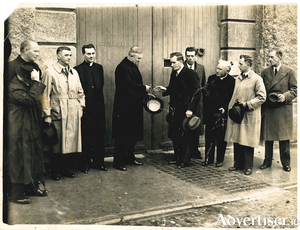
Galway City and County gaols were built at the beginning of the 19th century on a large site which took up most of Nuns Island. Construction was conditional on a right of way, the road all around the walls, also being built. James Hardiman, the historian, described it as follows: “The Prison …. Is built in the form of a crescent …. The interior of which is divided into eight wards ….. separated by walls which form so many radii of a circle, and, terminating in the rear of the governor’s house, bringing the whole range within many of his windows, by which means he can, at a single glance, survey the entire.”
